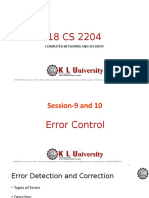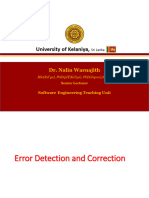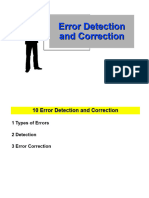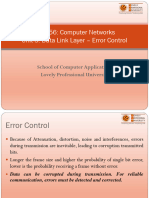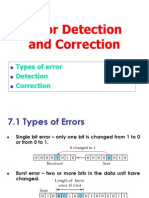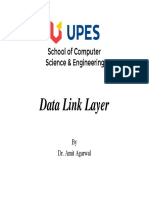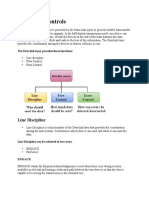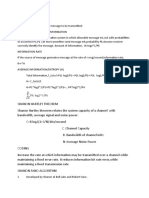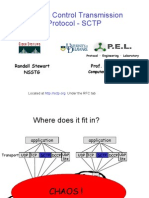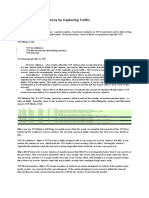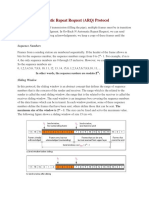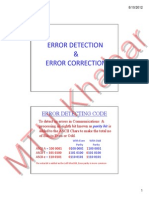0% found this document useful (0 votes)
60 views40 pagesUnit2 Error Detection Correction
This document discusses data link layer services including error detection and correction. It describes single-bit, multiple-bit, and burst errors that can occur during data transmission. Methods for error detection include parity checks, cyclic redundancy checks (CRC), and checksums. Error correction techniques involve adding redundancy bits to detect and locate invalid bits, allowing for single-bit error correction using techniques like Hamming codes. The document provides examples of calculating parity, CRC codes, and redundancy bits for error detection and correction.
Uploaded by
Kshitiz RegmiCopyright
© © All Rights Reserved
We take content rights seriously. If you suspect this is your content, claim it here.
Available Formats
Download as PPT, PDF, TXT or read online on Scribd
0% found this document useful (0 votes)
60 views40 pagesUnit2 Error Detection Correction
This document discusses data link layer services including error detection and correction. It describes single-bit, multiple-bit, and burst errors that can occur during data transmission. Methods for error detection include parity checks, cyclic redundancy checks (CRC), and checksums. Error correction techniques involve adding redundancy bits to detect and locate invalid bits, allowing for single-bit error correction using techniques like Hamming codes. The document provides examples of calculating parity, CRC codes, and redundancy bits for error detection and correction.
Uploaded by
Kshitiz RegmiCopyright
© © All Rights Reserved
We take content rights seriously. If you suspect this is your content, claim it here.
Available Formats
Download as PPT, PDF, TXT or read online on Scribd
/ 40
